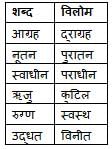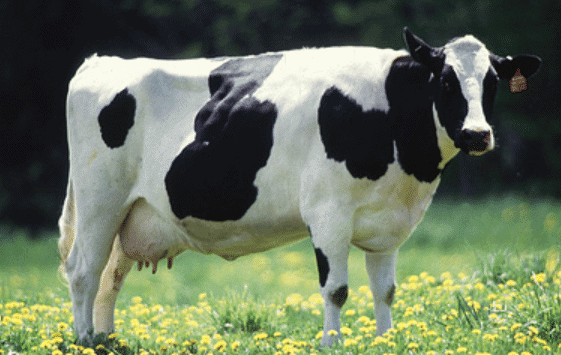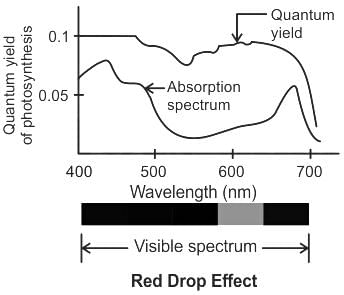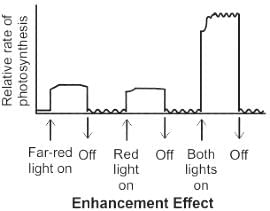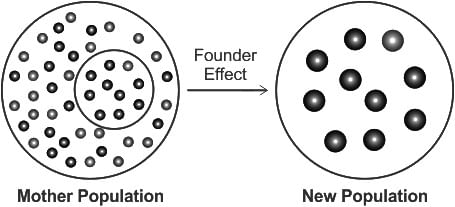KVS PGT Biology Mock Test - 8 - KVS PGT/TGT/PRT MCQ
30 Questions MCQ Test KVS PGT Exam Mock Test Series 2025 - KVS PGT Biology Mock Test - 8
निम्न में से कौन सा उपन्यास देवकी नन्दन खत्री का अपूर्ण उपन्यास है?
किस विकल्प में उचित विलोम युग्म का प्रयोग नही हुआ है?
The Sultan himself used to take a keen personal interest in the development of agriculture. He abolished zakat (import duty) on grain and introduced a measurement standard, which continued to prevail till the Mughal period. Who was this Sultan?
How many cells are there in the cell range F4 : P10?
What was a significant concern raised about the two-exam scheme by critics?
Which of the following are the key postulates of constructivism?
I: Individual learners actively build knowledge and skills
II: Information exists within the constructs of our minds
III: Behaviour of the learner must be reinforced to ensure learning
IV: Learning is a socially mediated process
A private vision has no organizational significance. This statement emphasizes that a vision must be __________.
The characteristics of a reflective thinking learner are
1. Always ask ‘why?'
2. Predominantly subject centered.
3. Relate new information to past experiences.
4. Students only cram the facts.
5. Examine their feelings about what they are learning.
Select the correct options:
Direction: The question has four alternate choice, only one of which is the correct answer.
Assertion (A) A morphology based approach to taxonomy is called alpha taxonomy and it is old-fashioned.
Reason (R) A multidisciplinary approach to taxonomy called omega taxonomy is favored in recent years. As it excludes morphological features.
The term ‘Founder effect’, in population genetics, is used to indicate?
Which of the following is a non-essential amino acid?


